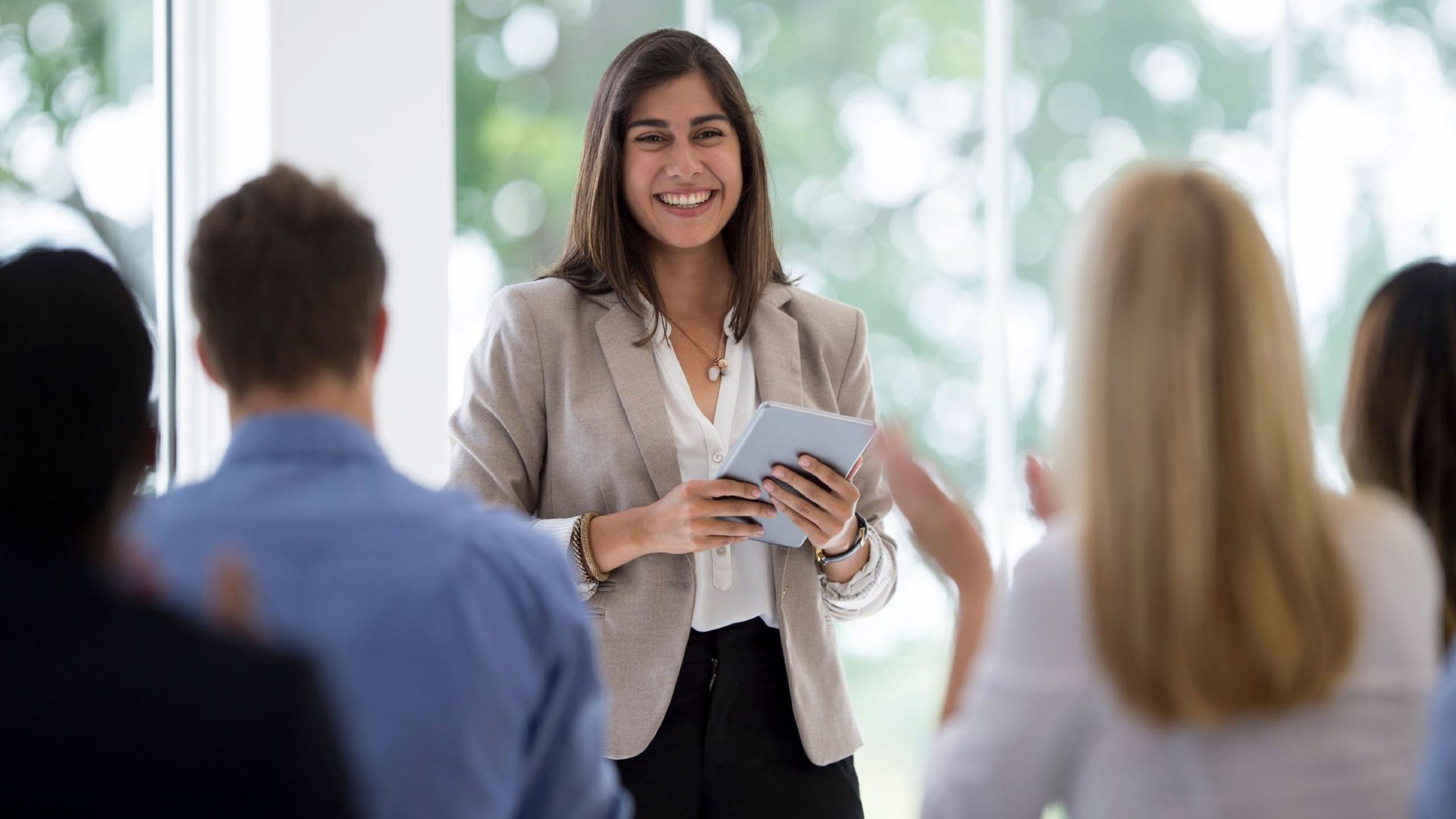Training is about building stronger teams that can adapt, perform, and grow. To truly understand if a learning program works, organizations must look beyond test scores. Instead, they need to observe how learning shows up in real work.
One way to approach this is by asking three simple questions:
What’s the reason for training in the first place?
Workplaces evolve quickly, and so do expectations from employees. Skills that once worked well may now fall short. That’s why companies must regularly update training goals to match what the business needs and what employees aim for in their careers. Training becomes useful only when it closes real gaps, whether it’s building technical know-how, improving collaboration, or getting people ready for future roles.
Who stands to gain from training?
Not every team member needs the same type of development. Some may be stepping into leadership, and others might be switching roles or refining their day-to-day abilities. Picking the correct group for training means looking at both performance data and personal goals. When chosen wisely, learners feel seen, and learning feels meaningful.
What should the training actually cover?
People learn in different ways. Some need guidance on tools that help across roles, while others may want to sharpen their ability to lead, coach, or solve problems. Customizing sessions to suit individual roles, department needs, and future plans ensures that training becomes relevant.
In addition, there are a few signs that show whether a learning initiative is truly making a difference:
- Looking at the correct progress signs: Beyond measuring completion rates, organizations can observe how quickly new hires get up to speed, how confidently teams apply their knowledge, and how smoothly changes are adopted. These insights speak louder than certificates.
- Using learning check-ins: Brief skill checks at the start, midpoint, and end of a session help map progress. A strong starting point lets trainers adjust content. Midway feedback ensures learners stay on track. Post-training check-ins confirm whether the learning experience has paid off.
- Watching how people show up: It is crucial to ask questions such as – Are employees asking thoughtful questions? Are they eager to try new methods in real scenarios? Are managers noticing a shift in behavior? These clues help L&D teams fine-tune content and support deeper engagement.
- Inviting honest feedback: Open feedback channels (like anonymous polls or quick debriefs) give participants the space to speak freely. This helps uncover what clicked, what didn’t, and what should be done differently next time.









 Behavioral Competencies
Behavioral Competencies Cognitive Competencies
Cognitive Competencies Coding Competencies
Coding Competencies Domain Competencies
Domain Competencies




















